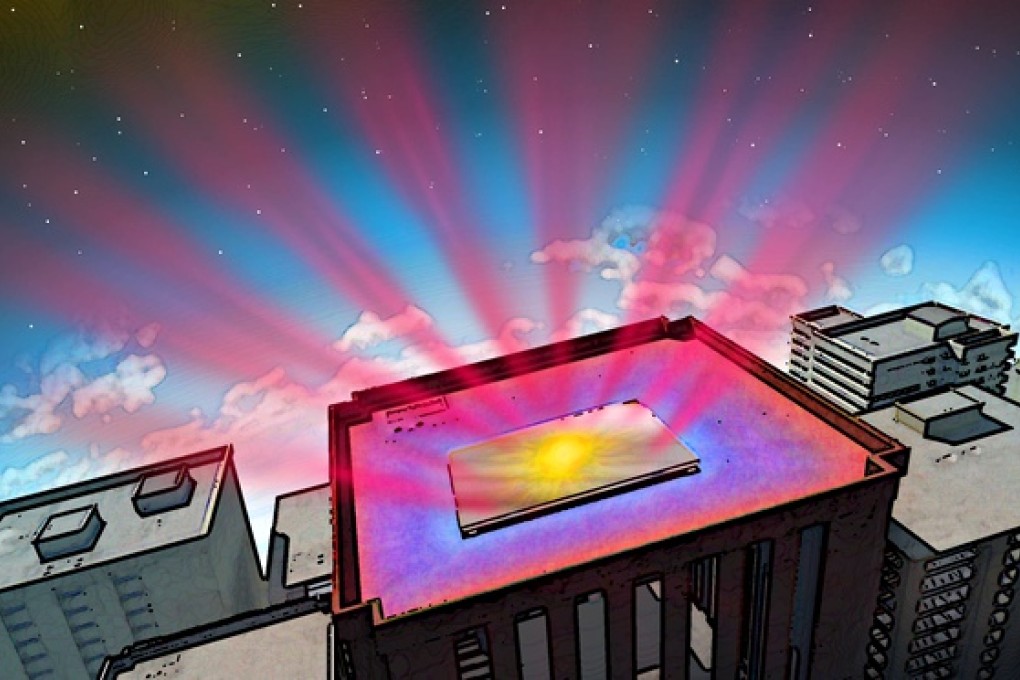Mirrors could replace air conditioning by beaming heat into space
Rooftop setup releases heat at infrared wavelengths into space and experts believe it could slash energy used to cool commercial buildings

A hi-tech rooftop mirror that reflects heat into the frigid expanse of space has been designed by scientists to replace air-conditioning units that keep buildings cool on earth.

About 15 per cent of the energy used by buildings in the US goes on air conditioning, but the researchers' calculations suggest that in some cases, the mirror could completely offset the need for extra cooling.
In a rooftop comparison of the device in Stanford, California, scientists found that while a surface painted black reached 60 degrees Celsius more than ambient temperature in sunlight, and bare aluminium reached 40 degrees more, the mirror was up to 5 degrees cooler than the surrounding air temperature.
"If you cover significant parts of the roof with this mirror, you can see how much power it can save. You can significantly offset the electricity used for air conditioning," said Shanhui Fan , an expert in photonics at Stanford University who led the development of the mirror. "In some situations the computations say you can completely offset the air conditioning."
Buildings warm up in a number of different ways. Hot water boilers and cooking facilities release heat into their immediate surroundings. In hot countries, warm air comes in through doors and windows. Then there is visible light and infra-red radiation from the sun, which also heat up buildings.
The Stanford mirror was designed in such a way that it reflects 97 per cent of the visible light that falls on it. But more importantly, it works as a thermal radiator. When the mirror is warmed up, it releases heat at a specific wavelength of infrared light that passes easily through the atmosphere and out into space.